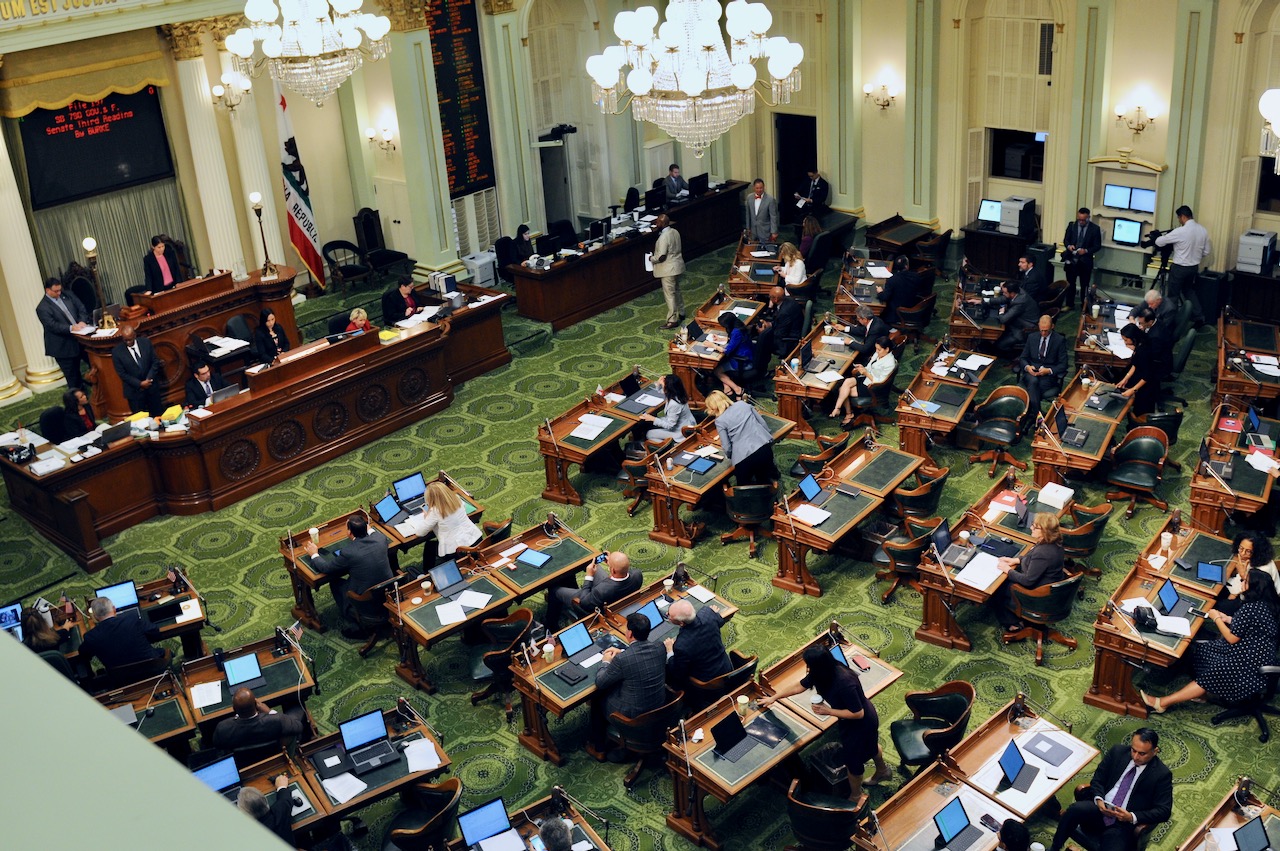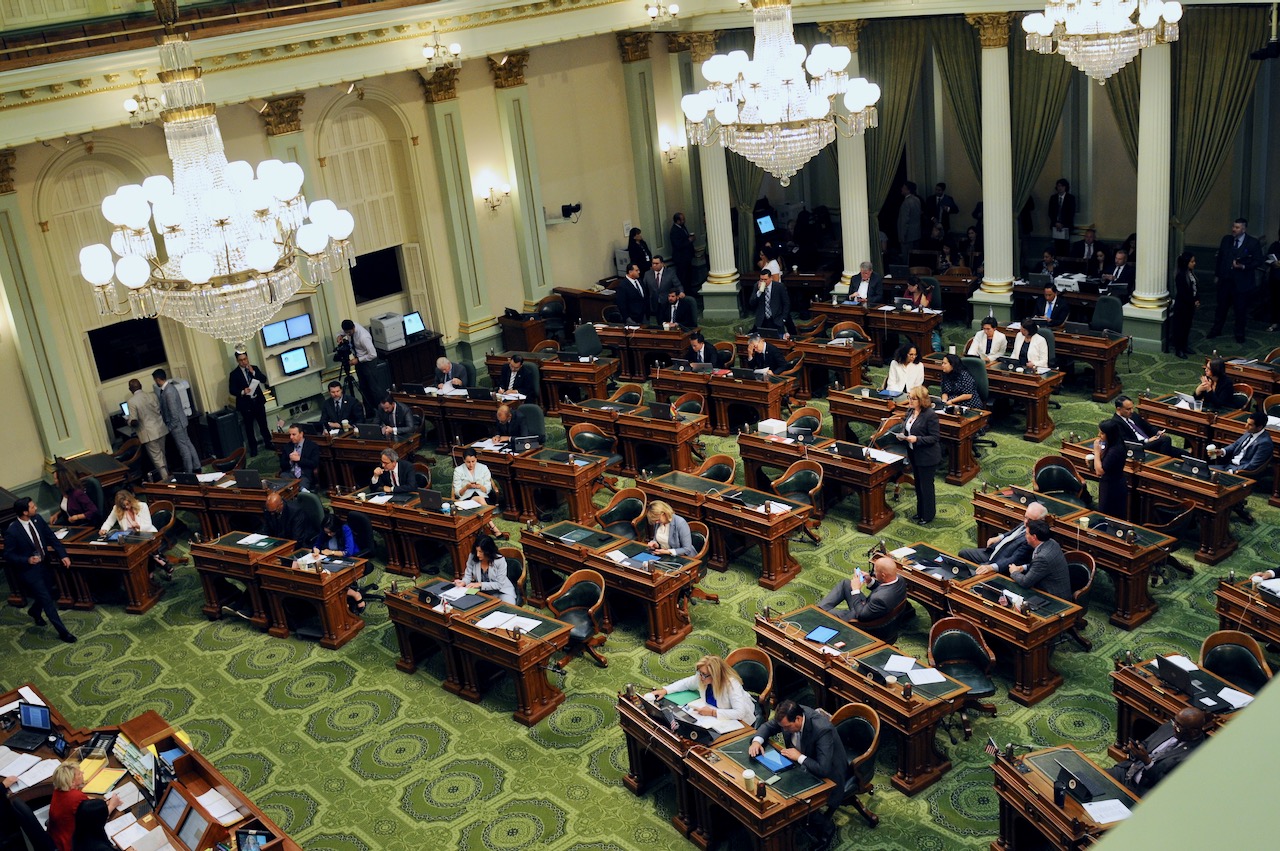
California State Capitol. (Photo: Kevin Sanders for California Globe)
What Comes After Reducing Bill Limits?
Many would like to see the standing committees do away with the ‘2-and-2 for 2 minutes each’ rule
By Chris Micheli, January 14, 2025 2:30 am
Now that the bill introduction limits have been reduced in both the Assembly (thank you, Speaker Rivas) and Senate (thank you, PT McGuire), I hope that a few other things might change in the legislative process.
First, in light of considering fewer bills, many would like to see the standing committees do away with the “2-and-2 for 2 minutes each” rule. Even if a cap on the number of principal witnesses were to remain (perhaps increasing it to 3 or 4), a 2-minute limitation is unwarranted. Legislators should hear from experts and engage those individuals with questions and debate. Of course, witnesses should be admonished from providing duplicative testimony, but 4 or 5 minutes would allow more information to be provided. And, hopefully, that additional, substantive testimony would elicit discussion and debate among the committee members as they decide whether to proceed with proposed legislation.
In my opinion, most witnesses are unlikely to either need that much time or likely to utilize it, but witnesses should not have to always speedily run through truncated testimony. It would be far better to know that a witness can share their desired information without the clock quickly running out. The purpose of public hearings by legislative committees is to hear from experts and those conveying substantive information and then legislators engaging those witnesses and, ultimately, their colleagues to have as much insight as possible before casting their votes on future laws.
Second, many folks would like to see “courtesy votes” (especially in the first house – and first year of session) go by the wayside. Policy committees are supposed to discuss, debate, and fine-tune proposed new laws, rather than simply moving them along in the cog of the legislative process even though many are not yet “ready for primetime.” Again, hopefully with fewer bills and more time for deliberative consideration in committees, bills which are “works in progress” should not get moved along until they nearly ready for enactment.
Third, and for someone who views the lawmaking process as two-fold, a number of us hope that legislators will have and utilize more time in committee to do the other part of their lawmaking job – oversight and investigation. In other words, the power given to the Legislature by Article IV, Section 1 is not limited to just enacting new laws. Part of exercising that lawmaking authority is to also give time and attention to the actions of executive branch regulatory agencies and departments. In that regard, legislators can examine how these rulemaking entities implement, interpret, and enforce the statutes that have already been enacted by the Legislature.
I’m sure there are other proposals to improve the legislative process in California, but as an observer and participant the past thirty years in Sacramento’s State Capitol, these are the key ones that I believe will result in better lawmaking by our 120 elected representatives.
- Declaratory Relief - December 22, 2025
- Second Quiz on Where Areas of Law Are Found in the California Codes - December 21, 2025
- Bonds and Undertakings in California - December 21, 2025




